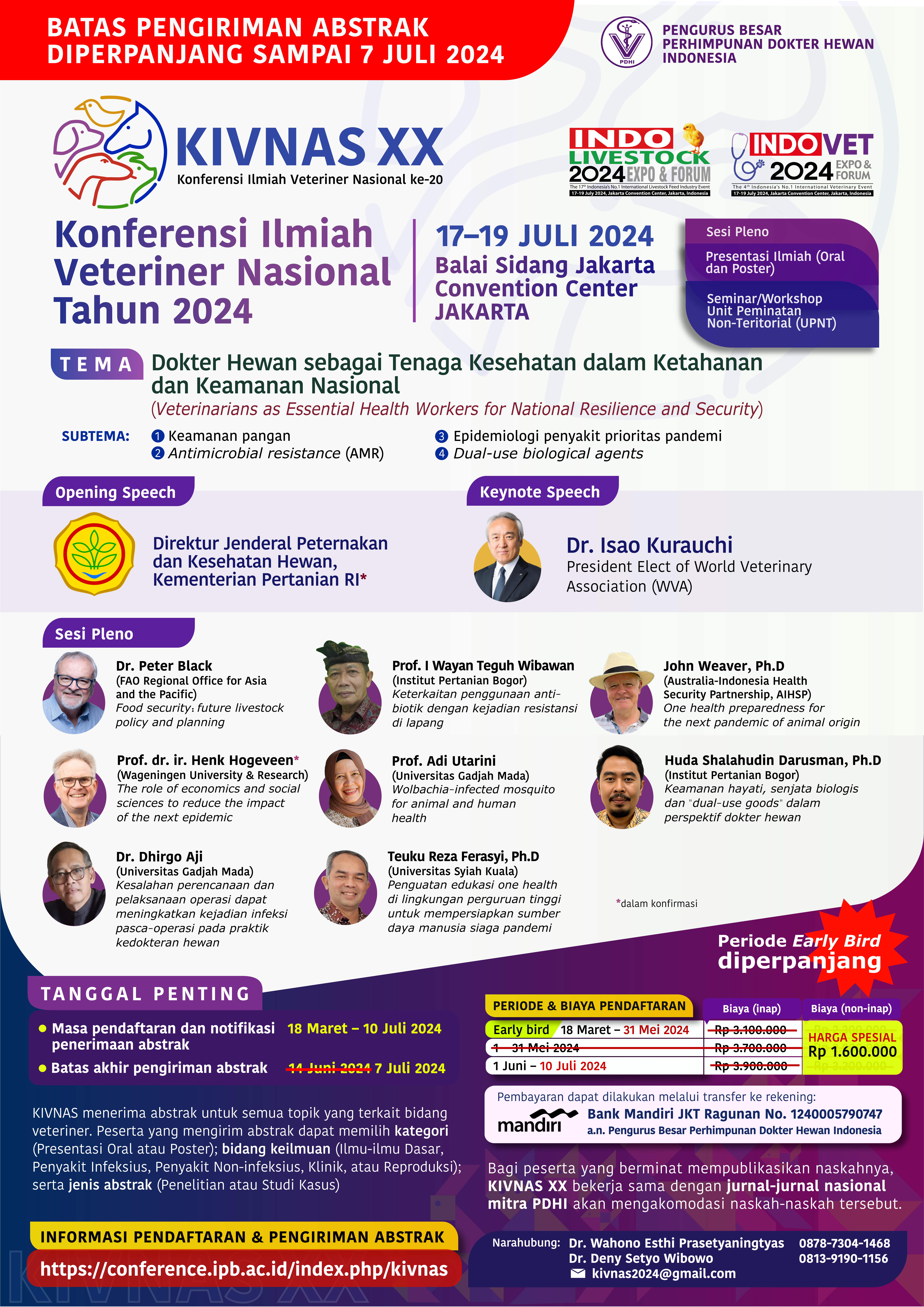Wound Healing Progress of a Rabies Positive Dog in Animal Central Veterinary Clinic
Keywords:
Hypochlorous acid, Wound cleaning solution, rabies, Small animals, wound healingAbstract
Background: Rabies is a deadly neurological disease affects all mammals and is mostly transmitted through bite wound of an infected animal, with often non-visible symptoms. Wounded animals with rabies are often brought to the clinic for wound care without any prior history known or exhibit any symptoms.
Objective: This case study aimed to report the wound healing progress of Nng Pak, a rabies positive patient in Animal Central Veterinary Clinic.
Case Description: Nng Pak, a 1-year-old, female intact mixed breed dog, was brought to Animal Central Veterinary Clinic with a degloving wound on the neck area and nonviable necrotic tissue. Surgical debridement was performed, and a dog collar embedded into the skin was removed. On the 9th day of the hospitalization, Nng Pak was showing manic symptoms then passed away on the 11th day. Its body was sent for laboratory testing and diagnosed with rabies.
Examination and Diagnose: General and physical examinations were performed for Nng Pak. During the 9th day of hospitalization, a rapid test kit for rabies using serum and saliva was performed and showed negative results. However, the manic symptoms were relevant to rabies symptoms, as well as the postmortem and PCR using saliva sample proved that rabies-positive case.
Therapy: Nng Pak underwent a general check-up, surgical debridement, wound cleaning, lavage using wound cleaning solution containing hypochlorous acid 0.003% and daily wound dressing using alginate, gauze, and self-adhesive bandage. Monitoring and hospitalization were performed with daily wound dressing and oral antibiotic of enrofloxacin (15 mg/kg body weight).
Conclusion: Wound healing is still possible to occur even in rabies positive patients.



